How to View Folder Size on Mac
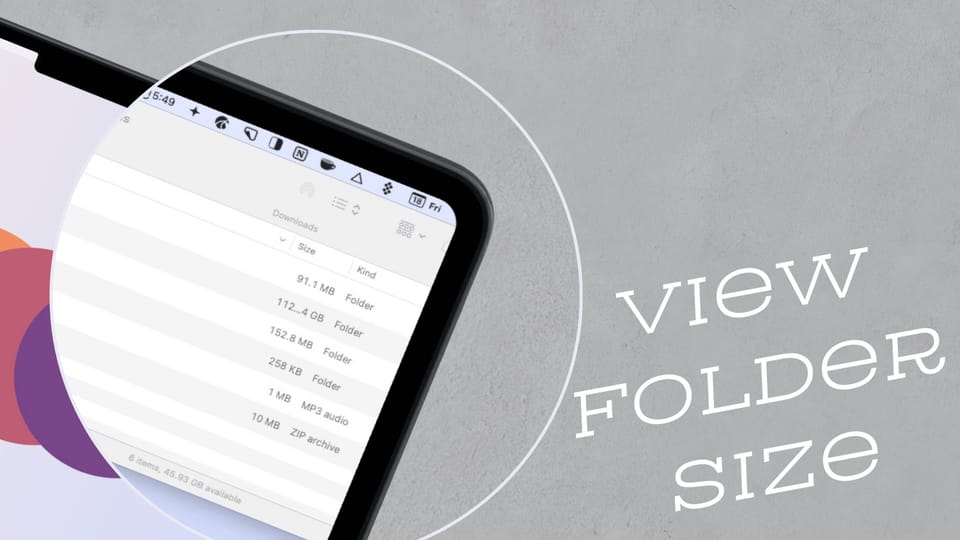
If you use macOS Finder in list view, you will notice that while it displays the file size next to its name, it doesn’t display the folder size. Instead, you get double dashes (- -) in the size column.
macOS supposedly does this to keep the Finder operating fast. But worry not, as in this guide, I will show you five different methods you can use to view folder size on Mac.
Display folder size in the List View
While this feature is turned off by default, you can display folder size in List View in Finder.
1. With Finder open, open the View menu and click on the Show View Option menu item. Alternatively, you can hit the keyboard shortcut ⌘J (Command+J).
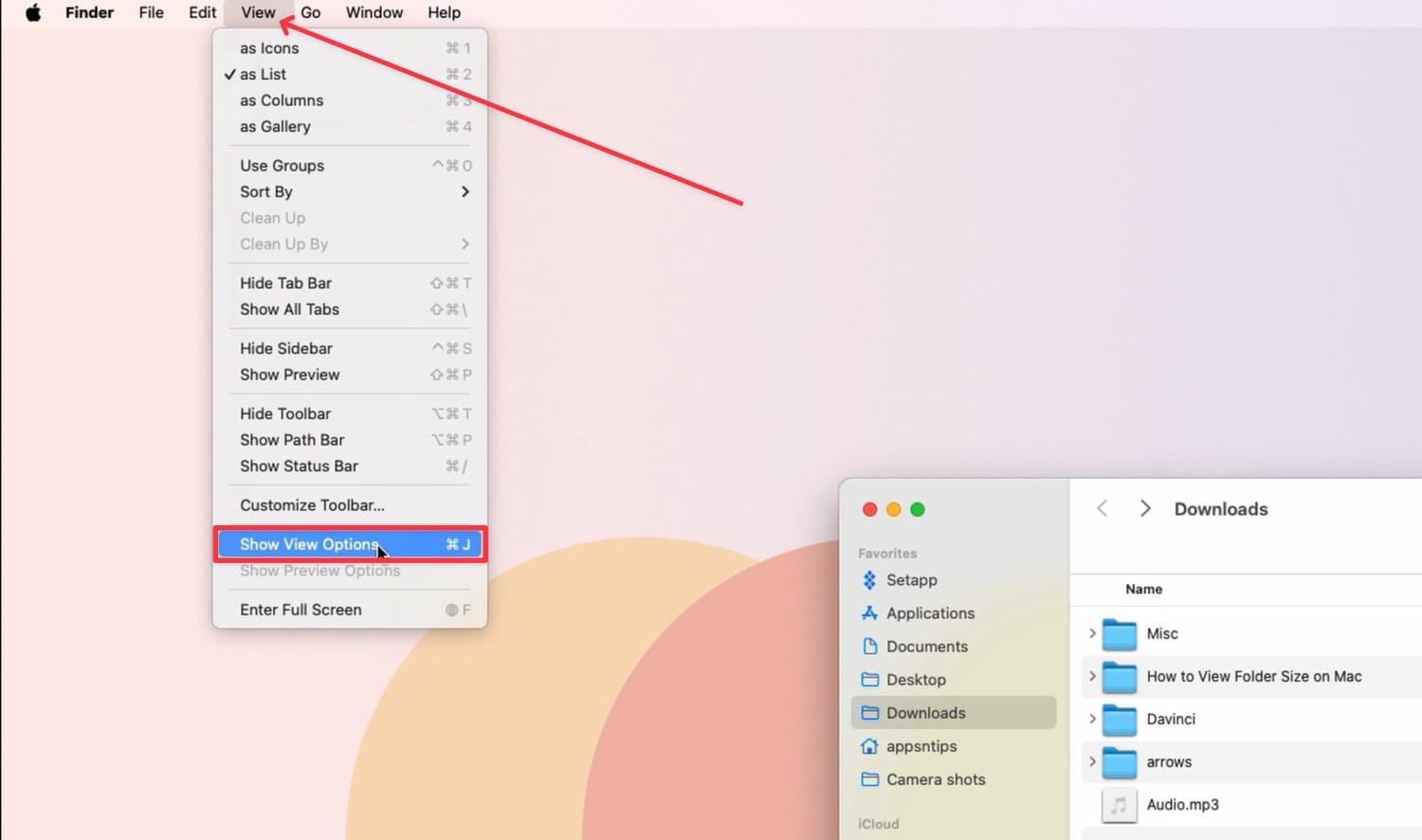
2. Enable the checkbox next to Calculate all sizes, and Finder will display the folder size.
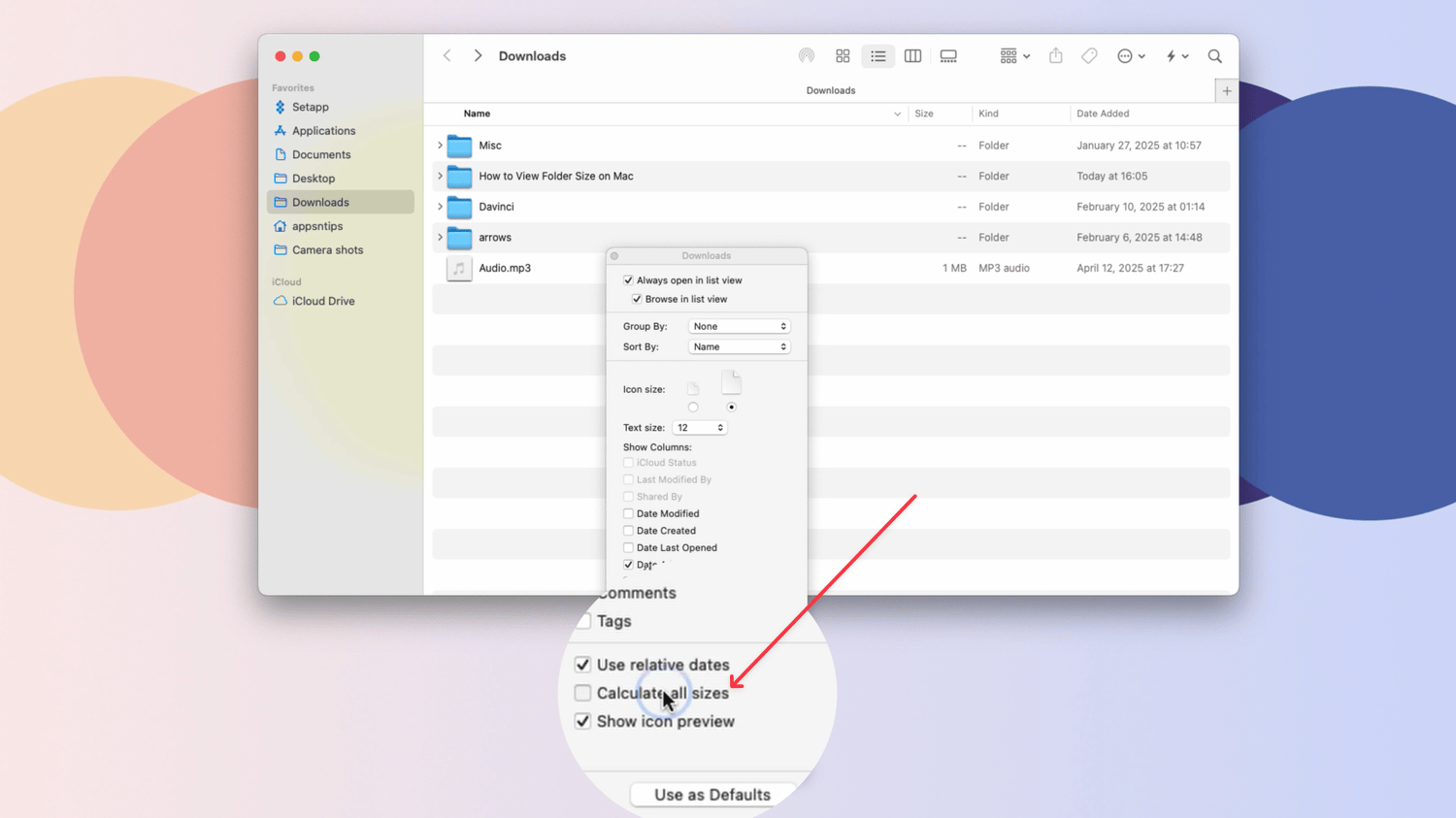
The drawback of this method is that Finder only shows folder size for the location you have enabled it.
Use Quick Look
macOS has a Quick Look tool that lets you see a file's content without opening it in an app. You can use the same tool to display a folder size. Click to select a folder and hit the spacebar button. Below the folder name, you will see its size and the number of items it contains.
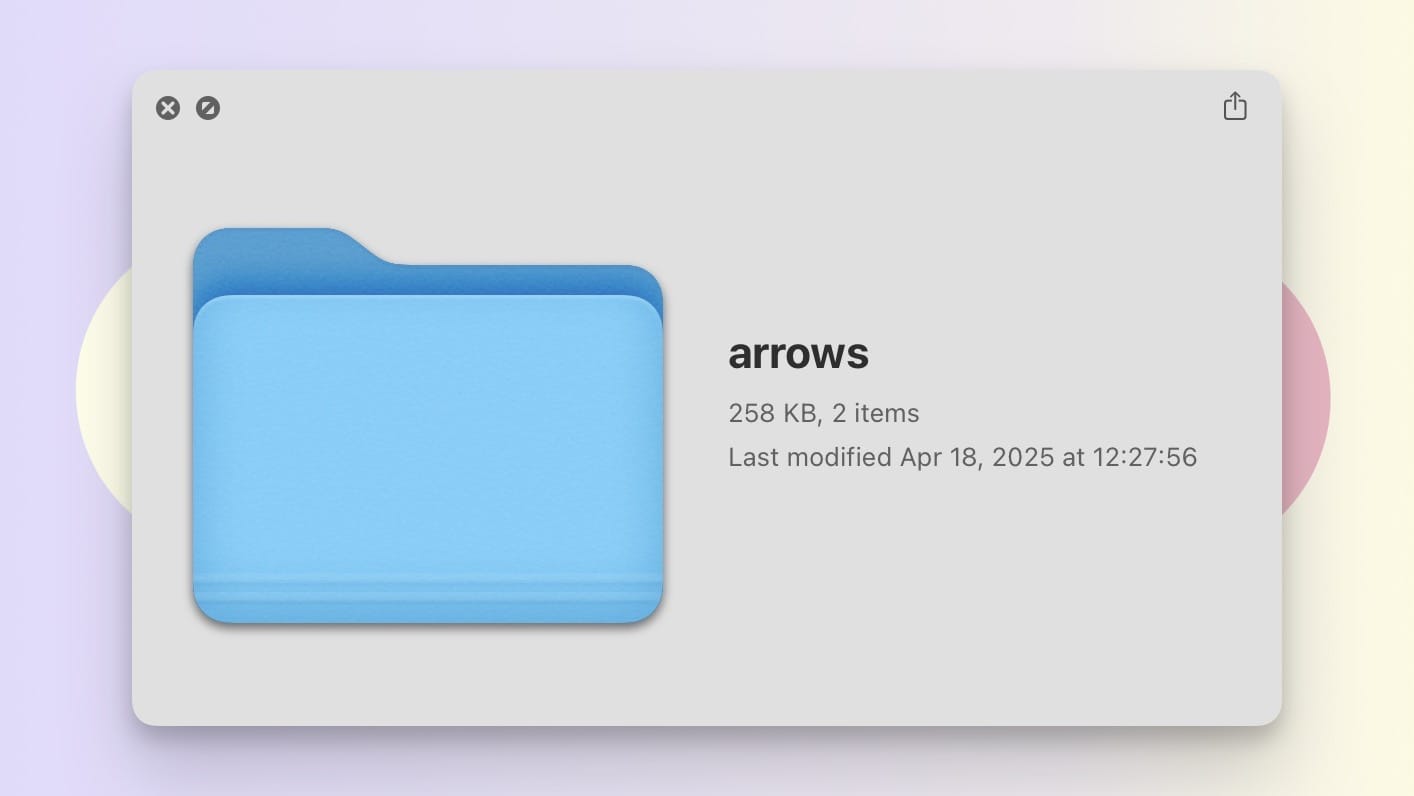
View folder size using Preview Panel
I prefer to view folder size on my Mac using the Preview Panel. You can enable this panel by going to the View menu and selecting the Show Preview option.
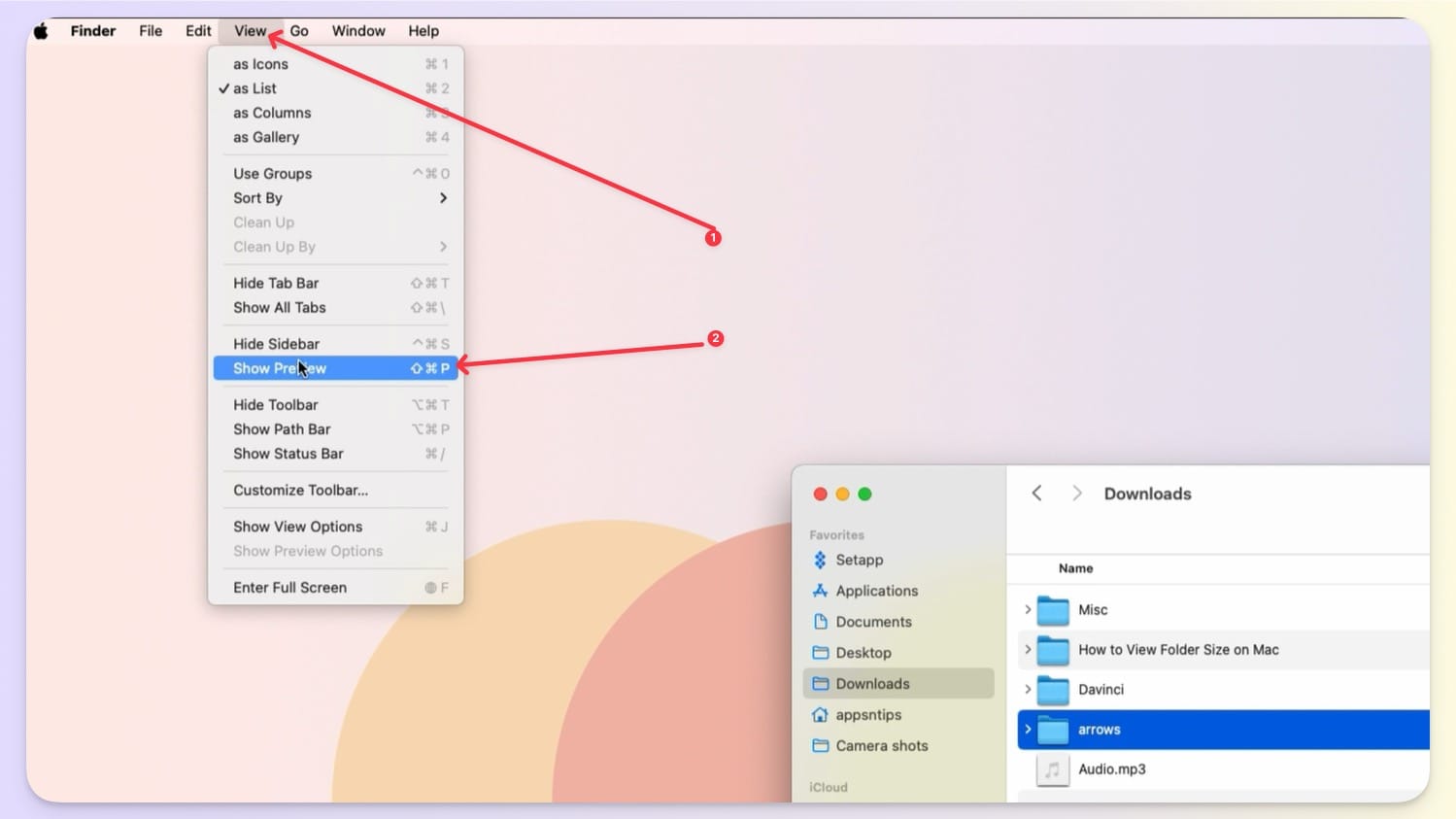
Alternatively, you can hit the keyboard shortcut ⌘⇧P (Command+Shift+P) to enable the panel. After you turn on the preview panel, click on a folder to display its size in the preview panel.

Use the Get Info panel
macOS has a handy Get Info tool that visualizes all the metadata of a file or folder. The metadata also includes the size of the folder. To open the Get Info panel, click to select the folder and go to File → Get Info. Or you can use my preferred method and hit the ⌘I (Command+I) keyboard shortcut.
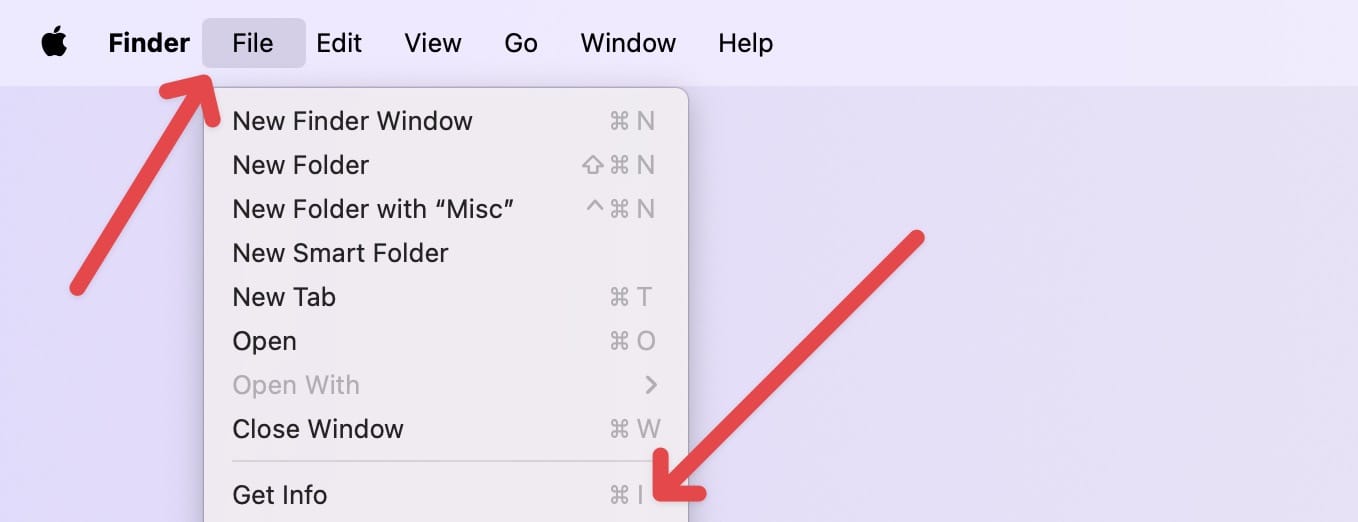
You can also select multiple folders simultaneously and hit the ⌘I keyboard shortcut to open the info panel for all selected folders.

Use Inspector panel
The problem with Get Info feature is that it is static and doesn’t change when you select another folder. You can solve this issue using the Inspector panel. To access this option, hold down the ⌥ (Option) key and open the File menu. You will notice that Get Info has been replaced by Show Inspector option.

Alternatively, you can hit the keyboard shortcut ⌘⇧I (Command+Shift+I). The inspector panel displays the same data as the Get Info panel, but it’s dynamic. When you click on another folder, it will automatically switch to the active finder window.
Bonus tip: view remaining disk size
Here’s a bonus tip for you. Go to the View menu and enable the Show Status Bar option. You can also do this using the ⌘/ (Command+/) keyboard shortcut. Your Finder window will now display the remaining storage on your Mac. This is a quick way to keep an eye on the remaining space without opening the System Settings app.
Display folder size in macOS: final thoughts
macOS gives you several ways to visualize folder sizes, but it still isn’t easy to find redundant files and get rid of them. If your Mac is running low on storage, click here to find out how to clean your Mac.

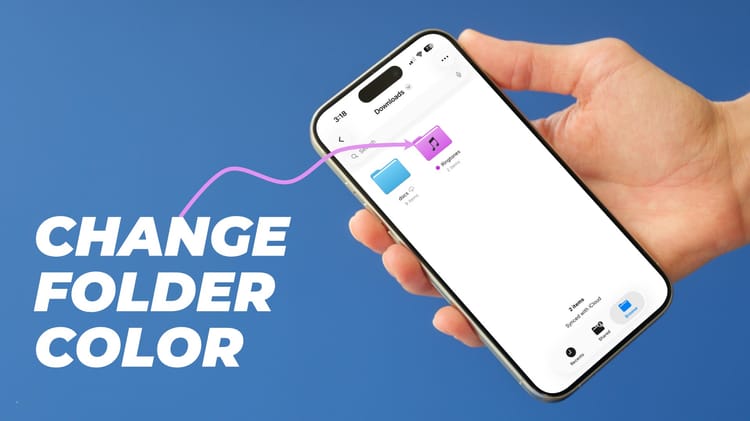

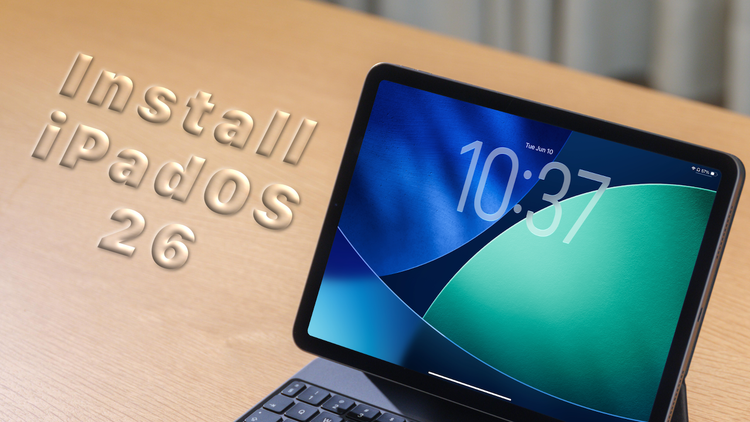
Comments ()